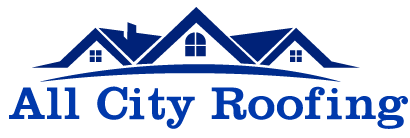How to Install Roll Roofing: A Guide for Handy DIY Enthusiasts
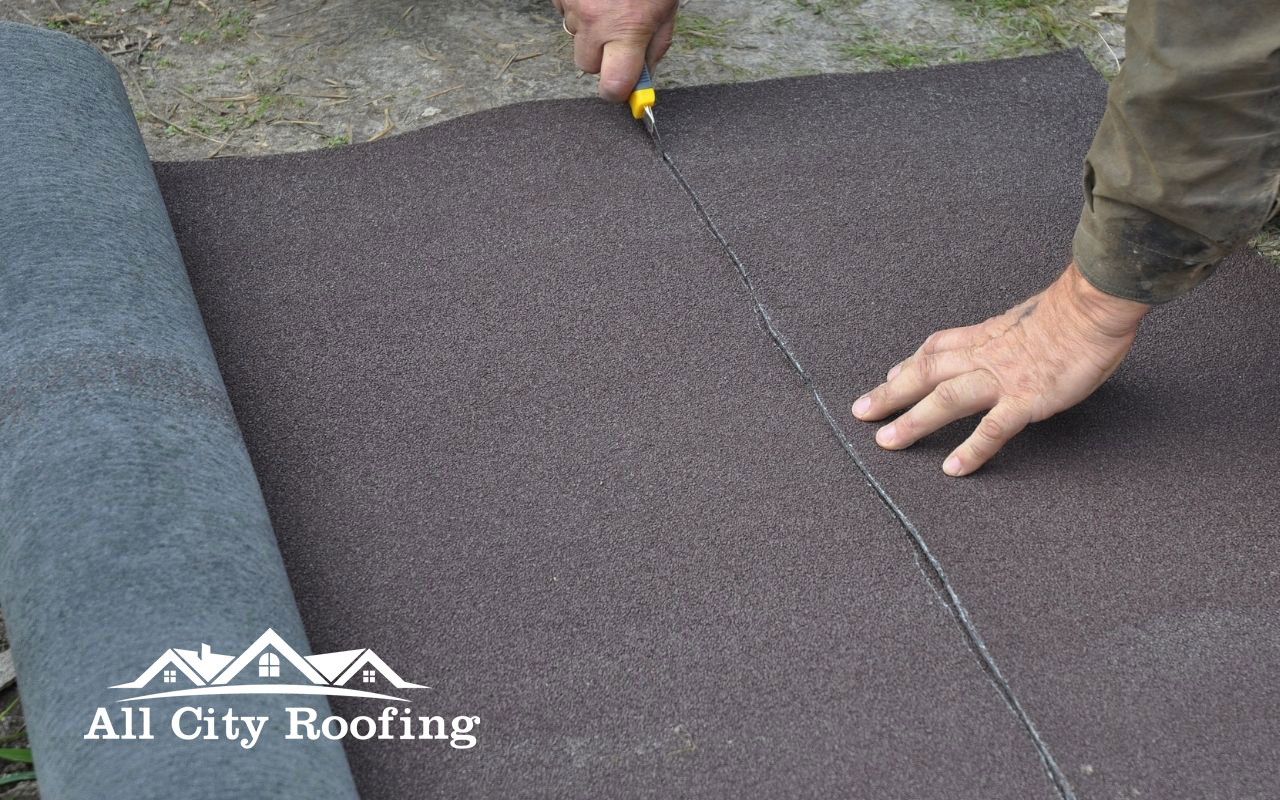
Are you looking for how to install roll roofing on a structure? Roll roofing is an easy and affordable material that is ideal for DIY enthusiasts. Check this simple guide to make your roll roofing installation your next DIY project.
What Is Roll Roofing?
Rolled roofing, also known as MSR, is similar to asphalt shingles due to being a mineral-based roofing system. As its name indicates, it comes in rolls of 100 square feet.
When referring to roll roofing, people usually talk about asphalt rolled roofing. However, other different roofing systems come in rolls, for example, rubber, bitumen, EPDM, and TPO.
Advantages and Drawbacks of Roll Roofing
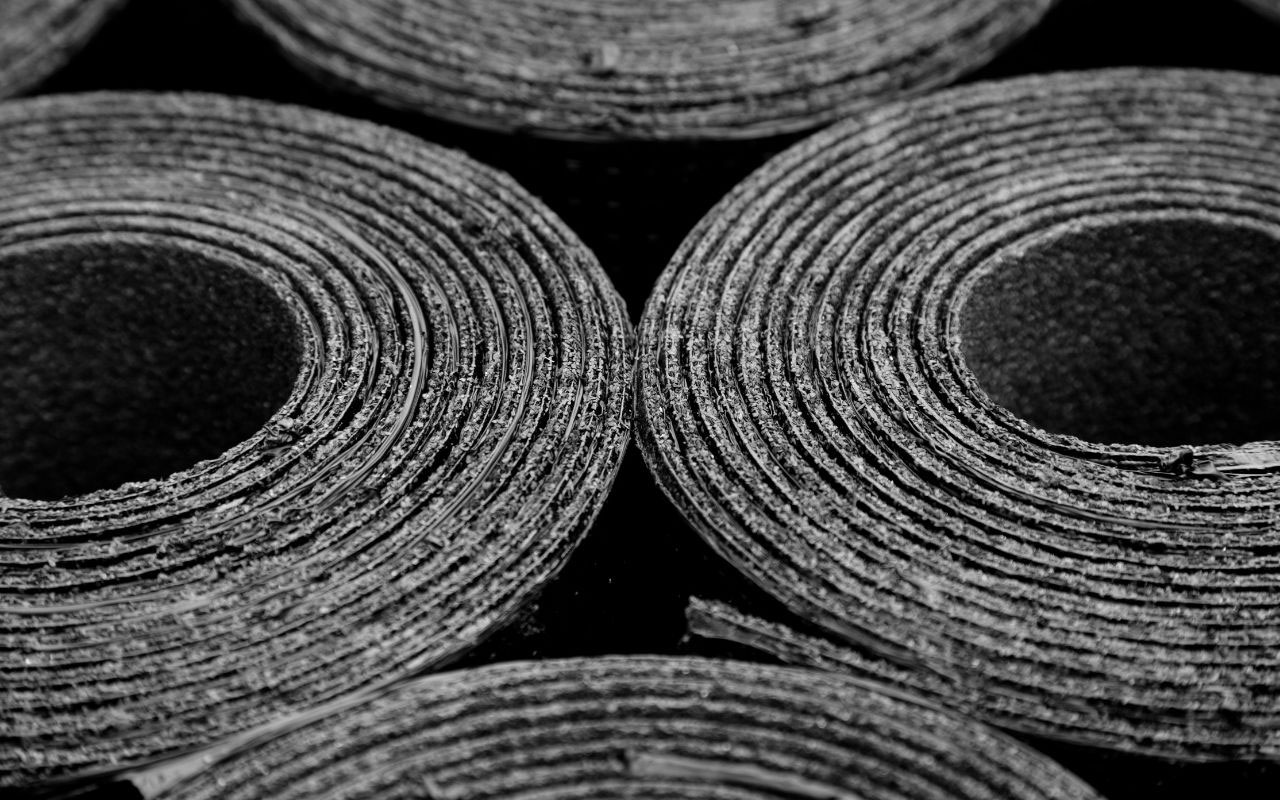
In general, roll roofing it’s easier to install because it doesn’t require special equipment or training. Additionally, it’s a light material, with a usual weight of 75 pounds, which allows you to carry it yourself, without needing special machinery.
However, asphalt roll roofing is a temporary solution because it can last between 5 and 10 years. Moreover, we recommend it for unoccupied installations such as sheds, garages, workshops, or porches.
Other types, such as TPO and EPDM, can last up to 20 or 30 years and are generally used in buildings and installed by professionals.
Step-By-Step Process for Installing Roll Roofing
If you decide to pursue the project, follow this step-by-step manual on how to install roll roofing.
Before any start, take a look at the things you need to have on hand to be 100% prepared:
- Plan and measure everything ahead
- Gather all the tools and materials needed
- Prepare the material
- Prepare the roof surface
- Install the first and second row
- Last finishes
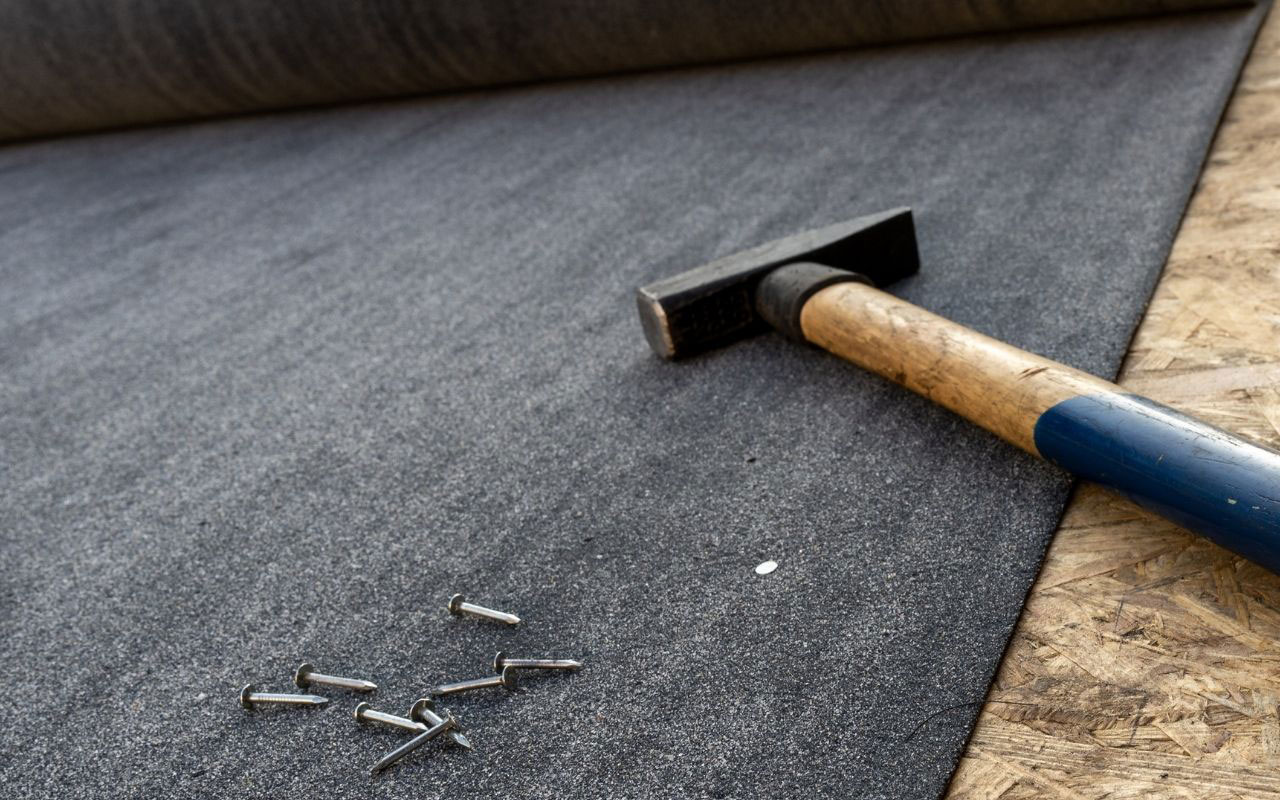
Plan and Measure Everything Ahead
Use the measuring tape to measure the entire area carefully. Afterward, you’ll know how much material to buy. Choose an installation day when the weather is over 50 degrees Fahrenheit to avoid damage due to freezing.
Gather All The Tools and Materials Needed
For the list of materials, buy enough roll roofing material. Also, purchase roof cement and flashing. Furthermore, consider buying roofing felt to use as an added protection.
During the installation process, you may need the following tools:
- Ladder
- Roofing Nails
- Hammer
- Measuring Tape
- Chalk Line
- Razor Knife
- Trowel
Prepare The Material
Roll roofing typically measures 35 feet long and 35 inches wide. However, you can also cut the rolled roofing into more petite strips with a razor knife to reach the desired size. You can also roll it out onto the ground, trying to keep it stretched out. Hold the corners down with heavy objects.
Prepare The Roof Surface
Clean the roof surface, and make sure it is free of debris. Use a brush, leaf blower, or hose it from a safe area. Ensure it is all dry when you pursue the installation.
Once it’s all clean, measure 35 inches from the bottom edge of the roof and mark the end of your first row with chalk.
Typically, roll roofs are installed over bare sheathing boards or previously primer painted. You could add roofing felt underlayment for more protection against leaking. Also, place the metal flashing at this point if necessary.
Use roofing cement as adhesive. Wear gloves and apply roofing cement across the edges with the help of a trowel.
Install The First and Second Row
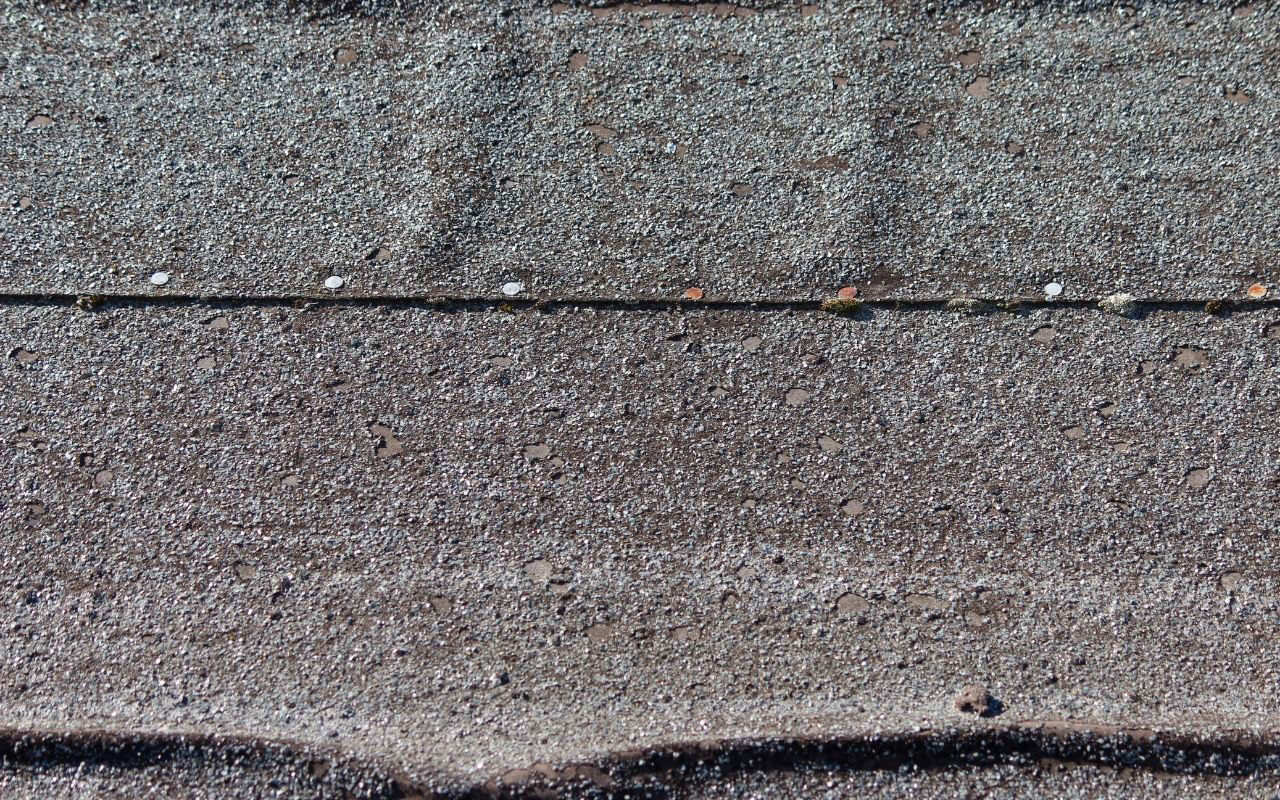
To install the first layer, you will need to place it in a way that overhangs the drip edges by about 1/4 inch. Stretch it and smooth the folds to avoid creases. Following, hammer the nails near the edges to secure it.
The second layer must overlap around 4 inches of the first one, so spread cement in the overlapping area before you place it. After setting it, nail it down to secure it. Go on with the process until you finish.
Last Finishes
Once you install the roll roofing, you can cover the nails with cement to seal them and create a good, secure finish.
Apply a layer of roofing cement about 1/2 inch (1.27 cm) thick and 4 inches (10 cm) wide across the top edge of the first row of roll roofing. The cement secures the bottom edge of the next row of roofing. Continue this process until you reach the top of the roof. Be sure to press the ends of the roll roofing into the roofing cement to secure the joint. If applicable, repeat this process on the other side of the roof.
Complete the roll roof installation by capping the top with a material layer. The cap adheres to the top of the last few rows on each side with roofing cement.
Extra Tips
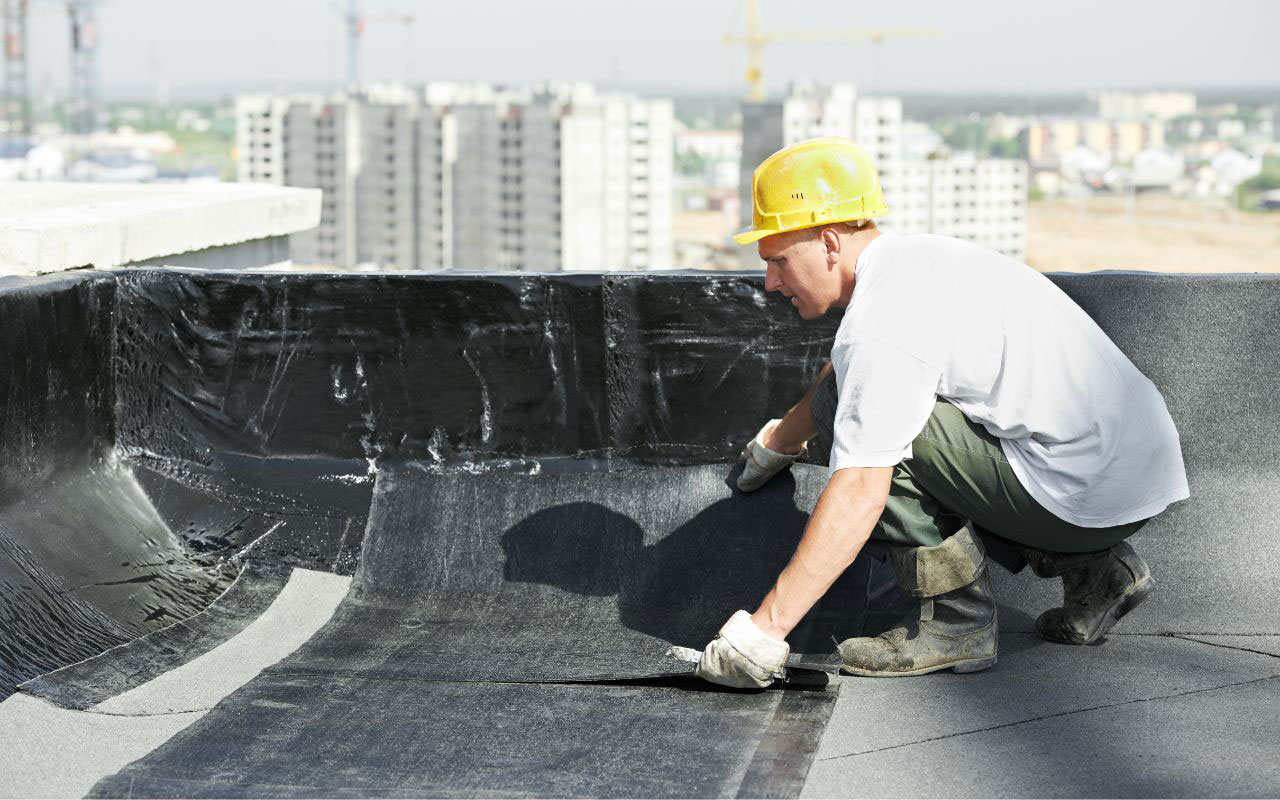
Install the first row of roll roofing on the bottom edge of the deck. Cut it to length using the razor knife. Lay the size of the roll roofing so that it extends the total distance and is flush with the edge of the eave drip. Press the bottom edge of the roll roofing to the roofing cement to attach it to the eave drip.
Roofing cement secures the edge of the roll roof sheathing to the eave drip around the edge of the roof.
Remember always to use the proper equipment and materials to ensure a complete and safe project. Using top quality materials will guarantee a more prolonged and appropriate life span of your roof.
Get Professional Assistance
If you need help, you can count on the expert roofers at All City Roofing. We also provide a wide variety of services to help you with any of your roofing projects for home improvement. Call us today!
Want to see fantastic and reliable results? Get in touch with our professionals and have the proper assistance your roof and you need. We count on years of experience, and we guarantee outstanding results by the hand of the best technology in the industry.
